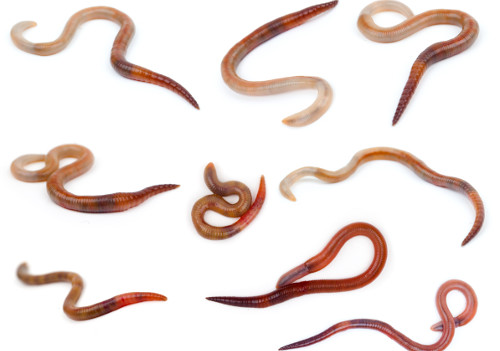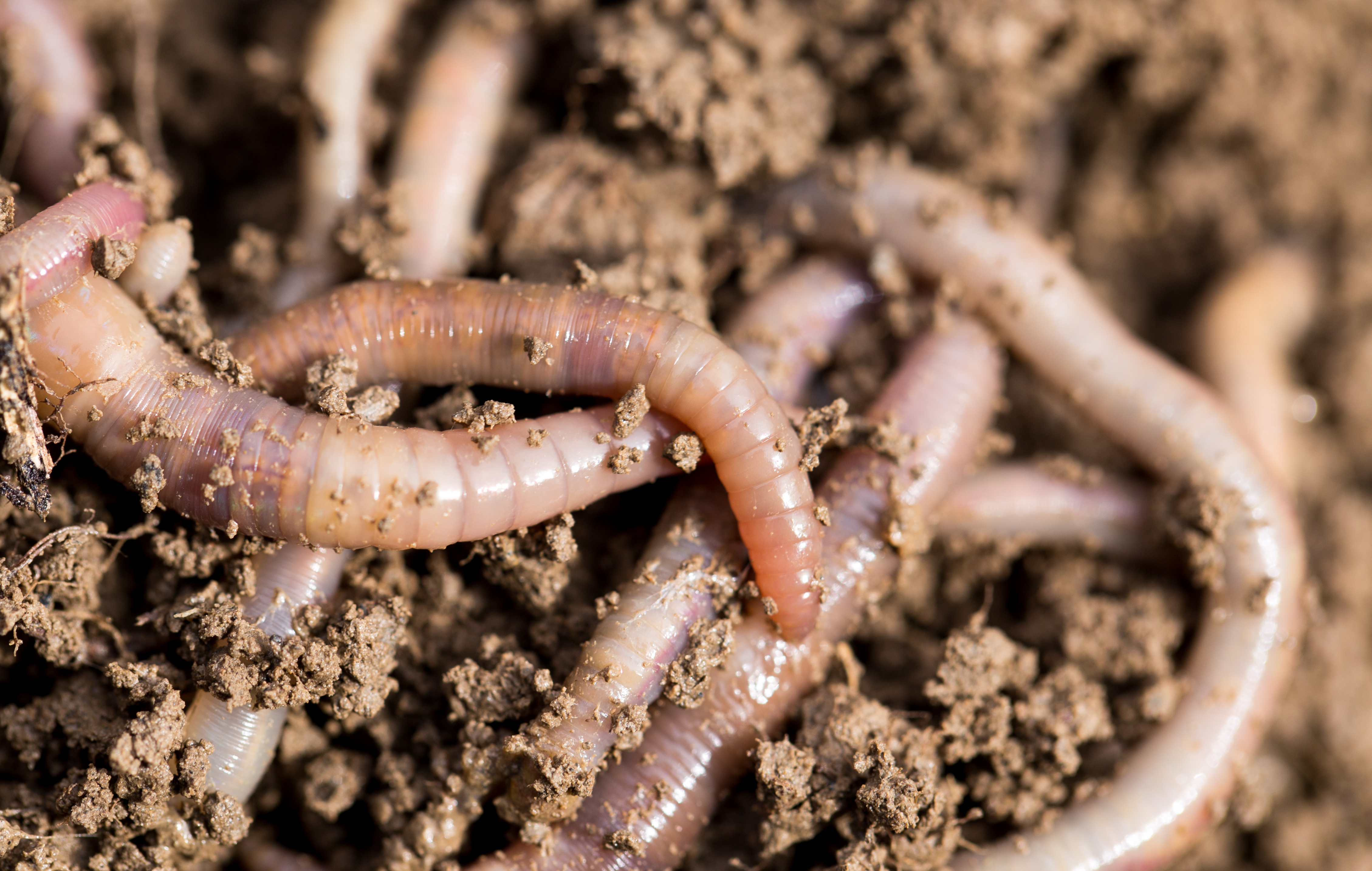Red Wiggler Worms for Sale - Sustainable Waste Management Service
Red Wiggler Worms for Sale - Sustainable Waste Management Service
Blog Article
Making The Most Of the Benefits of Red Wiggler Worms: A Comprehensive Handbook for Home Gardeners and Urban Farmers
In the world of lasting horticulture techniques, red wiggler worms stand as unsung heroes, silently transforming natural waste into nutrient-rich castings that can function marvels for dirt wellness. As home gardeners and urban farmers significantly seek cost-effective and eco friendly ways to improve their yards, the possible advantages of taking advantage of the power of red wigglers can not be overemphasized. From reducing kitchen waste to growing much healthier plants, the use of these simple creatures supplies a myriad of advantages. By checking out the complexities of exactly how to successfully care for and make best use of the benefits of red wiggler worms, people can unlock a wide range of opportunities for enhancing the sustainability and performance of their gardening ventures.
Understanding Red Wiggler Worms
Red Wiggler worms, renowned for their reliable composting capacities, are a species of earthworms widely made use of in vermiculture practices. These worms, scientifically referred to as Eisenia fetida, flourish in decomposing organic material, making them excellent prospects for composting (Red Wiggler Worms). Red Wigglers are ravenous eaters, efficient in eating their own weight in natural waste daily. Their digestive system process breaks down raw material right into nutrient-rich castings, which are a beneficial source for enriching dirt and advertising plant growth.
One trick quality of Red Wiggler worms is their reproductive rate. These hermaphroditic creatures possess both female and male reproductive organs, permitting them to reproduce quickly under desirable problems. A mature Red Wiggler can generate numerous spawn in a short period, ensuring a consistent populace within a composting system.

Establishing a Worm Container
When developing a worm container for vermiculture objectives, correct prep work and focus to information are essential for creating a favorable atmosphere for Red Wiggler worms. Begin by choosing an appropriate container for your worm container.

Location the worm container in a great, dark place far from direct sunlight and extreme temperature levels. On a regular basis keep track of the dampness levels, including water if the bed linen feels completely dry or flaky. Feed the worms a well balanced diet plan of fruit and vegetable scraps, preventing citrus fruits, onions, and spicy foods. By following these actions, you can establish a growing worm container that will efficiently refine organic waste into nutrient-rich vermicompost for your yard.
Feeding and Maintaining Worms
Guaranteeing a balanced and healthy diet plan is vital for the wellness and performance of Red Wiggler worms in a vermiculture system. It is vital to avoid feeding them citrus fruits, onions, garlic, milk products, meat, and oily foods as these can be damaging to the worms or trigger unpleasant odors in the bin.
Proper moisture degrees are additionally essential for the health of Red Wiggler worms. The bed linen must feel like a moist sponge, offering enough moisture for the worms to take a breath via their skin. Consistently examine the moisture degrees and readjust by including water or dry bedding product as required. Furthermore, preserving proper temperature level problems in between 55-77 ° F(13-25 ° C )will ensure ideal worm activity and reproduction. By diligently checking their diet plan, moisture, and ecological conditions, home gardeners and look at these guys city farmers can maintain a effective and healthy Red Wiggler worm population for composting functions.
Harvesting Worm Spreadings
To successfully extract nutrient-rich worm spreadings from the vermicompost, a systematic harvesting process is necessary for taking full advantage of the composting advantages. The first step in gathering worm spreadings is to urge the worms to migrate to one side of the bin.
After the spreadings have actually been harvested, it is necessary to divide any kind of continuing to be worms from the castings to avoid hurting them throughout storage space or application. One reliable method is to produce cone-shaped stacks of castings under brilliant light. Worms will naturally relocate far from the light, permitting for easy separation and removal.
Finally, the gathered worm castings should be stored in an amazing, dark, and completely dry area to keep their top quality and performance as a nutrient-rich dirt modification. By adhering to these actions, home garden enthusiasts and city farmers can make the most of the benefits of red wiggler worms in their vermicomposting systems.
Using Worm Castings in Gardening
The consolidation of nutrient-rich worm castings into garden soil can considerably improve plant growth and overall soil health. Worm spreadings, additionally called vermicast, are an all-natural plant food created by red wiggler worms as they damage down raw material. These castings are rich in essential nutrients like nitrogen, phosphorus, potassium, and advantageous microbes that advertise plant development and enhance soil structure.
When utilizing worm spreadings in horticulture, it is necessary to mix them completely into the dirt or use them as a top clothing around plants. The slow-release nature of worm spreadings makes certain a consistent supply of nutrients to plants gradually, decreasing the risk of nutrient leaching and advertising long-lasting soil fertility. navigate here In addition, worm castings aid boost soil oygenation, water retention, and microbial task, producing a healthy and balanced atmosphere for plant roots to grow.

Conclusion
Finally, the application of red wiggler worms in home gardening and city farming can significantly benefit soil wellness and plant development. By understanding how to establish and maintain a worm bin, feed the worms properly, and harvest their nutrient-rich spreadings, garden enthusiasts can make best use of the benefits of these earthworms. Integrating worm spreadings right into gardening methods can boost soil fertility and general plant performance. In general, red wiggler worms use a sustainable and efficient service for boosting garden and farm yields.
In the world of lasting horticulture methods, red wiggler worms stand as unrecognized heroes, quietly changing natural waste into nutrient-rich castings that can browse around this web-site function marvels for dirt health and wellness.When establishing a worm container for vermiculture objectives, correct prep work and attention to information are essential for developing a helpful atmosphere for Red Wiggler worms. The first step in collecting worm spreadings is to encourage the worms to move to one side of the container. Worm castings, also understood as vermicast, are a natural plant food created by red wiggler worms as they break down natural matter. By understanding just how to establish up and maintain a worm container, feed the worms appropriately, and harvest their nutrient-rich castings, garden enthusiasts can take full advantage of the benefits of these earthworms.
Report this page